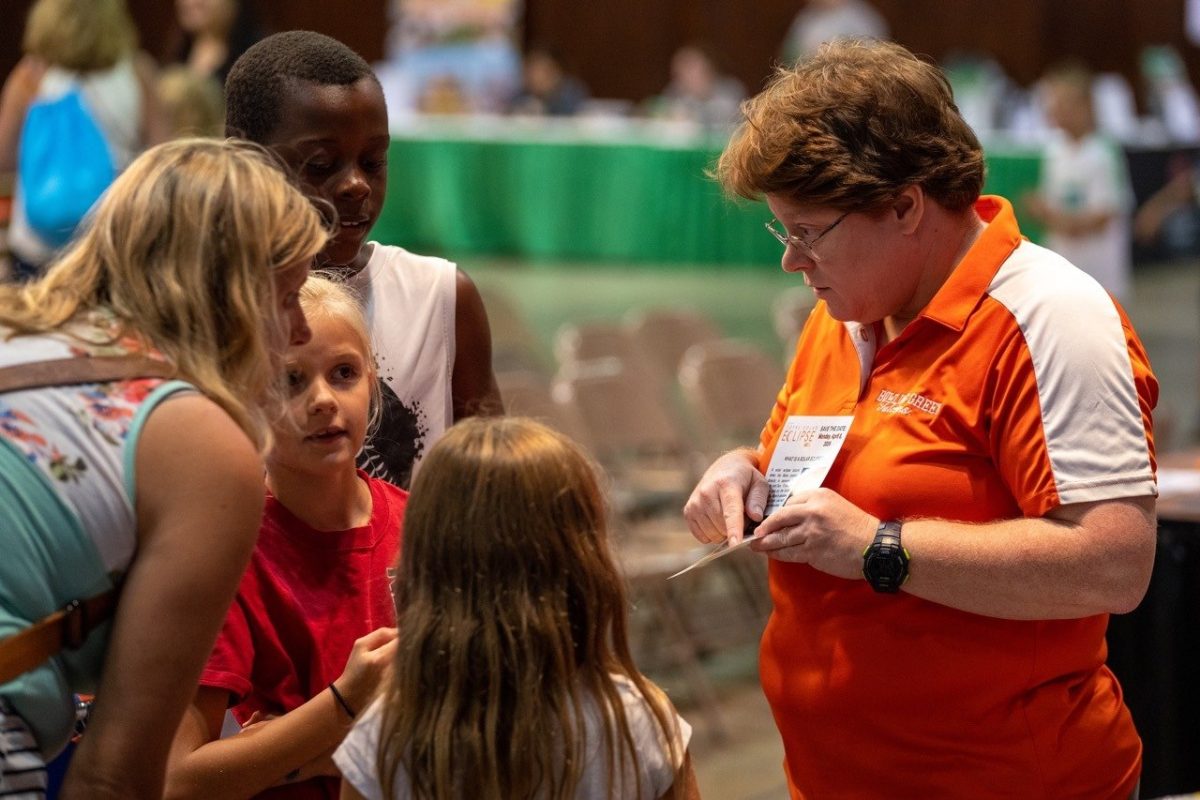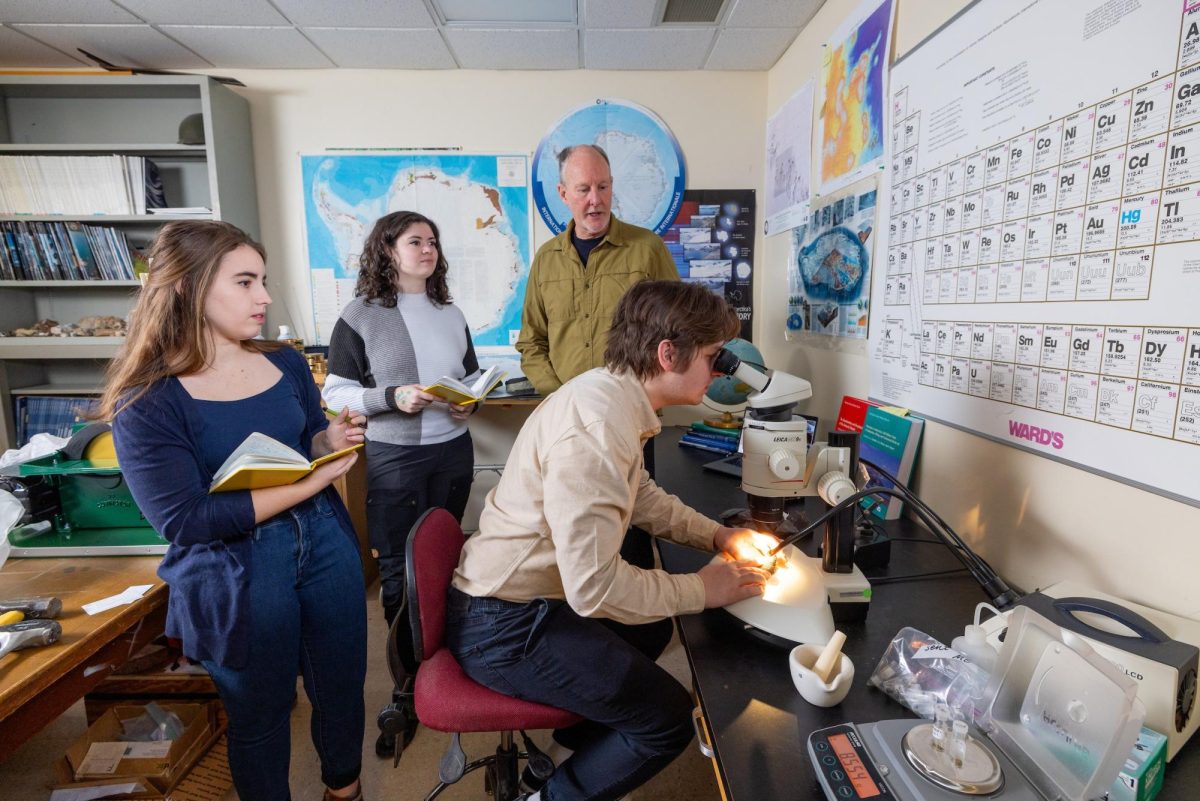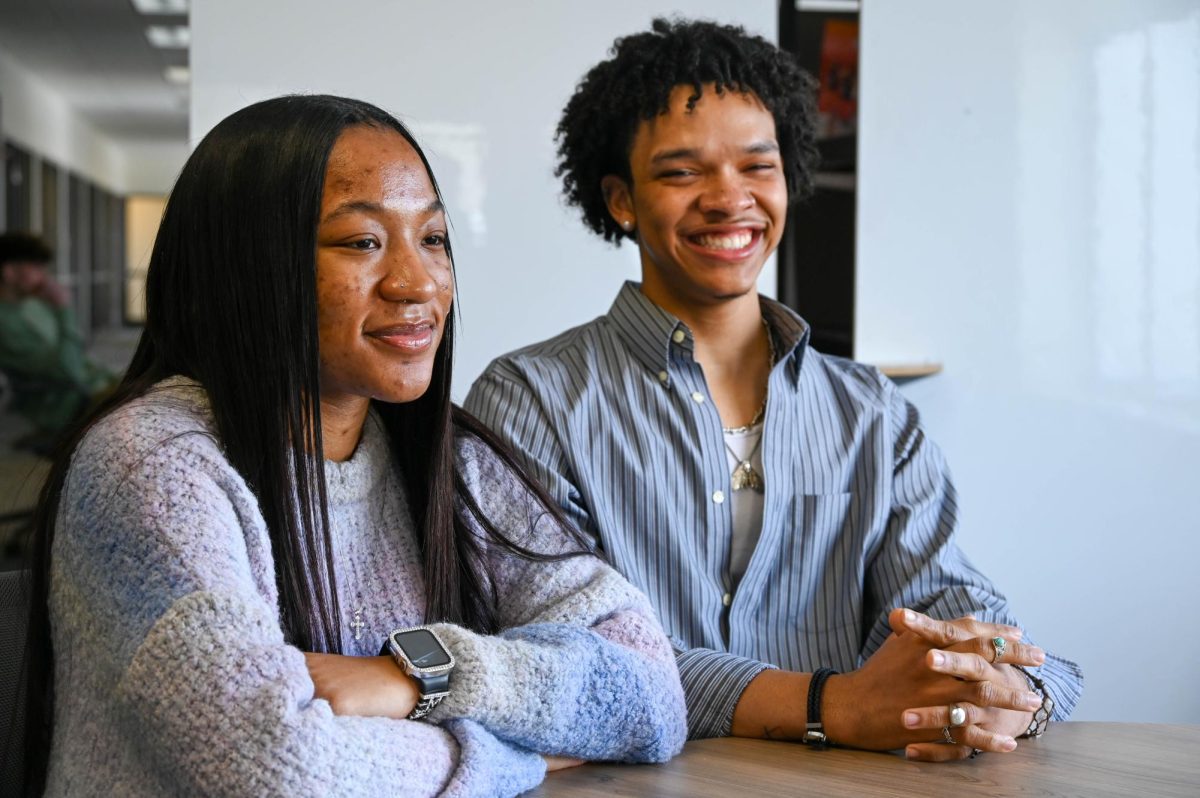Although the University’s incoming freshman classes are growing, students may notice fewer of their classmates sticking around.
About 72 percent of 2010’s incoming class returned to campus this past fall – the lowest fall-to-fall retention rate in 10 years for first-time, full-time freshmen at the University.
University officials measure retention by determining how many full-time freshmen arrive on campus in the fall, and then how many return for their sophomore year.
Joseph Frizado, vice provost for Academic Operations and Assessment, said a primary reason for declining retention numbers is a sluggish economy.
“For many students it’s a combination of effects and is hard to determine, but often when we talk to students who aren’t coming back, more and more are talking about the cost,” he said.
Representatives from the University’s newly formed retention task force released the data at January’s Faculty Senate meeting.
The task force, comprised of faculty, staff, administrators and student leaders, was created to examine the numbers this past semester with an outside consultant, Frizado said.
Members will identify why retention rates have declined while creating solutions to reverse the trend.
Their goal is to achieve retention rates meeting or exceeding 80 percent for first-time, full-time freshmen.
“The retention task force is really looking at the policies and processes we do on campus that impede students succeeding,” Frizado said. “There’s been a great effort to get students to come to BGSU, but all that effort is wasted if we’re not doing all we can to help students be successful and graduate here.”
Sue Houston, vice provost for undergraduate education, is ready for the challenge. As a leading member of the retention task force, Houston and her colleagues will examine University policies in hopes of eventually making them more student-friendly, she said.
“We’ve gone through lists of policies that students and faculty said they often become frustrated with and examined them to see if there’s any way we can make them easier to use,” Houston said. “These include early alert, changing majors and advising.”
The task force is also researching health insurance policies and the process of paying bursar bills, she said.
Jill Carr, dean of students and senior associate vice president for Student Affairs, noted the economy’s impact on student retention rates. Carr, however, said University leaders must provide students with the necessary resources to succeed in their education despite financial stress.
“I don’t think anyone comes to BGSU thinking ‘I’m going to go there for a year, and then leave and not graduate,'” Carr said. “Yes, the students have a responsibility, and we help them understand that, but we need to have all the mechanisms in place to help students succeed, too.”
Task force members haven’t determined when they will begin implementing their initiatives. Nonetheless, University leaders will continue to use the task force until its goals have been achieved, Carr said.
The task force continues to meet with its independent consultant about every six weeks to report its progress and is always open to suggestions and feedback, she said.
“We feel strongly about this, and we’re working hard to make things better,” Carr said. “The low retention rate is something we need to address. This is an ongoing, University-wide effort, and the success of our students is our uppermost goal.”













